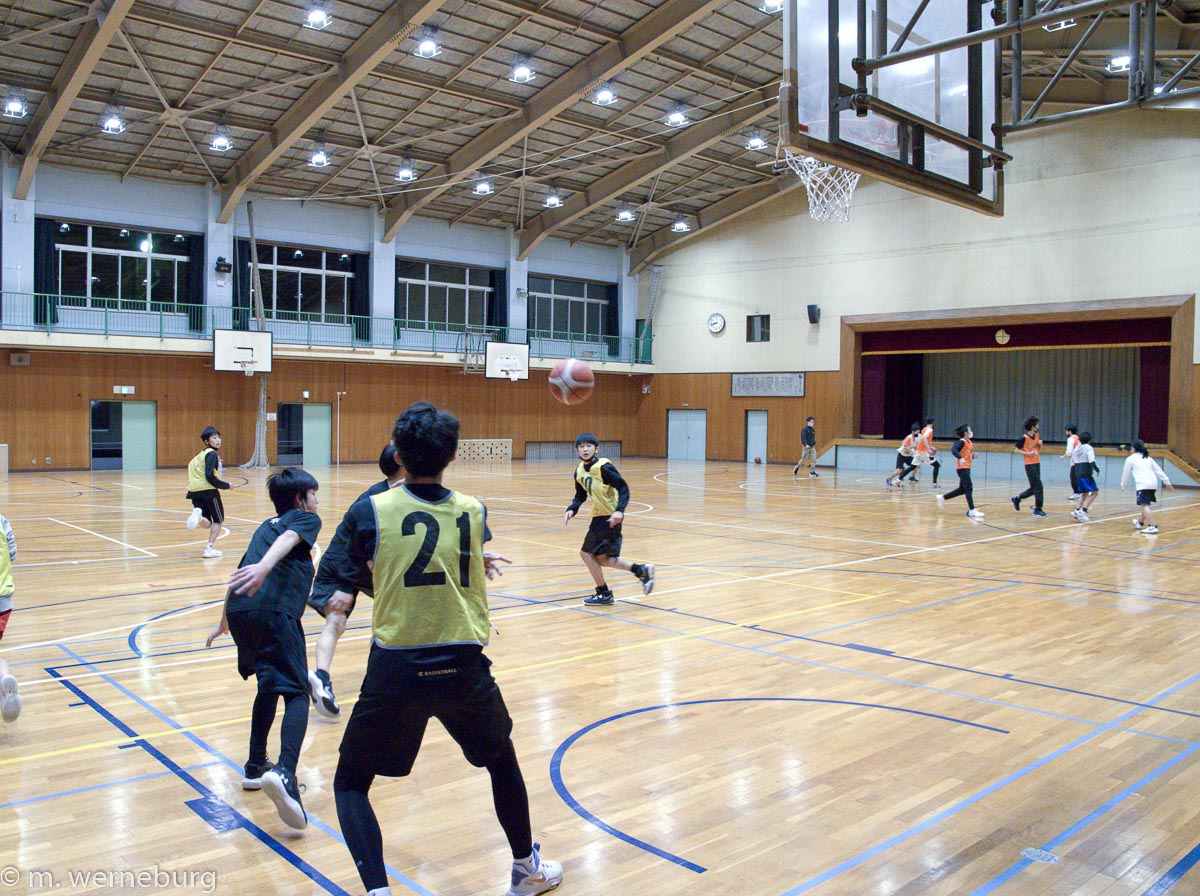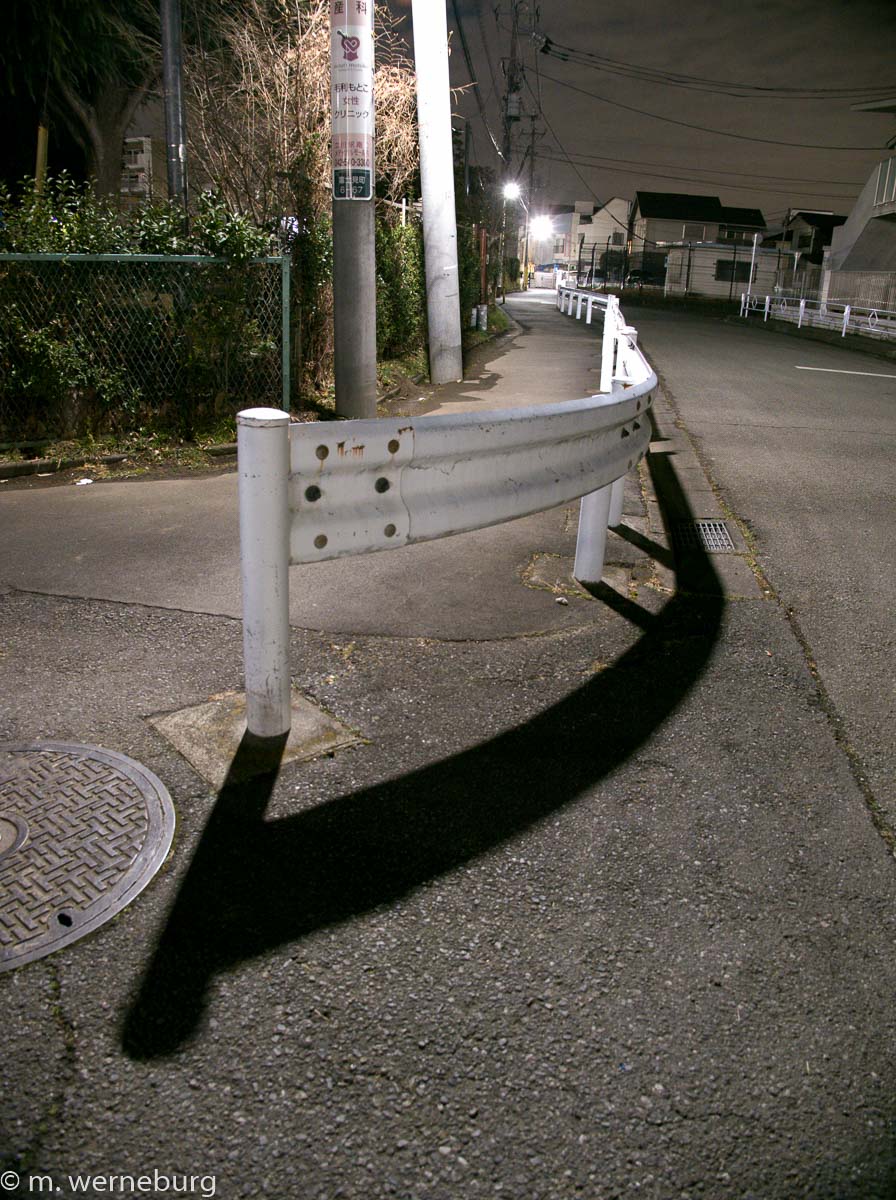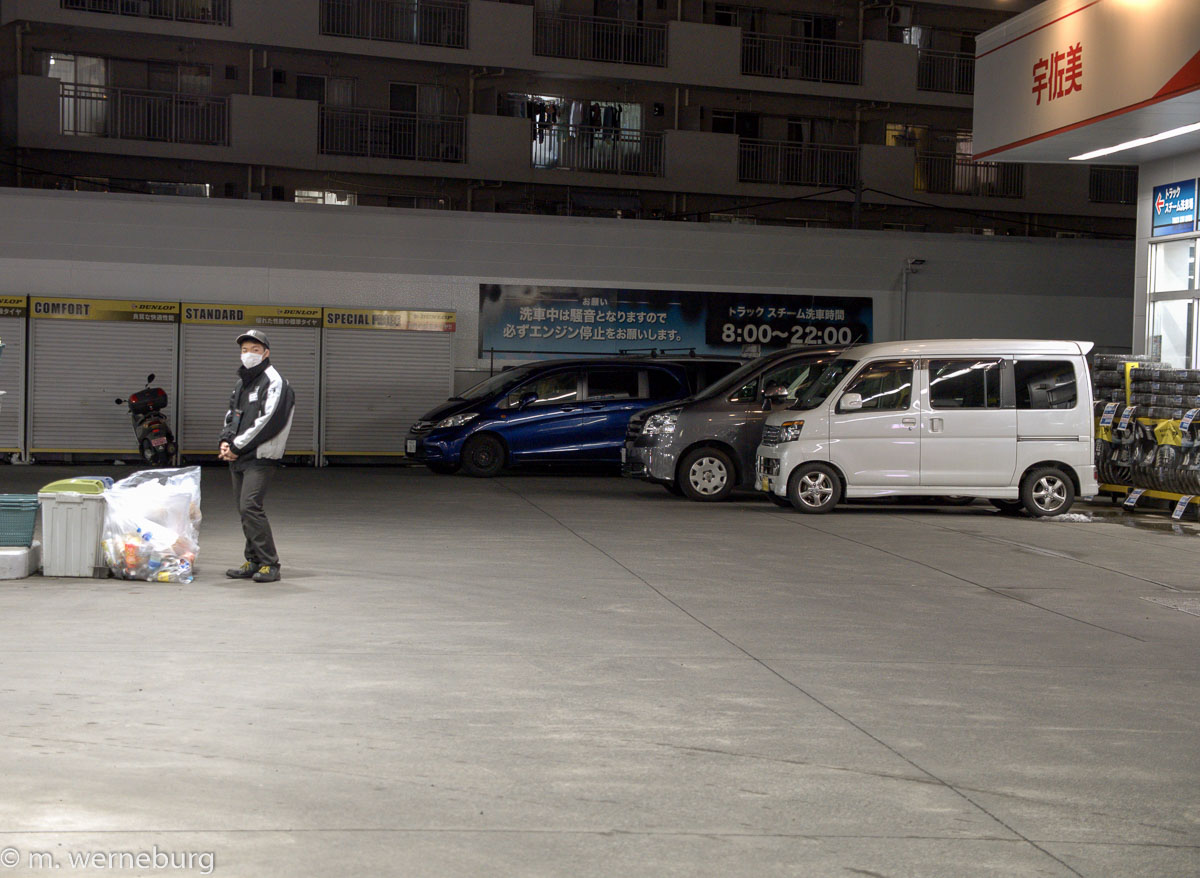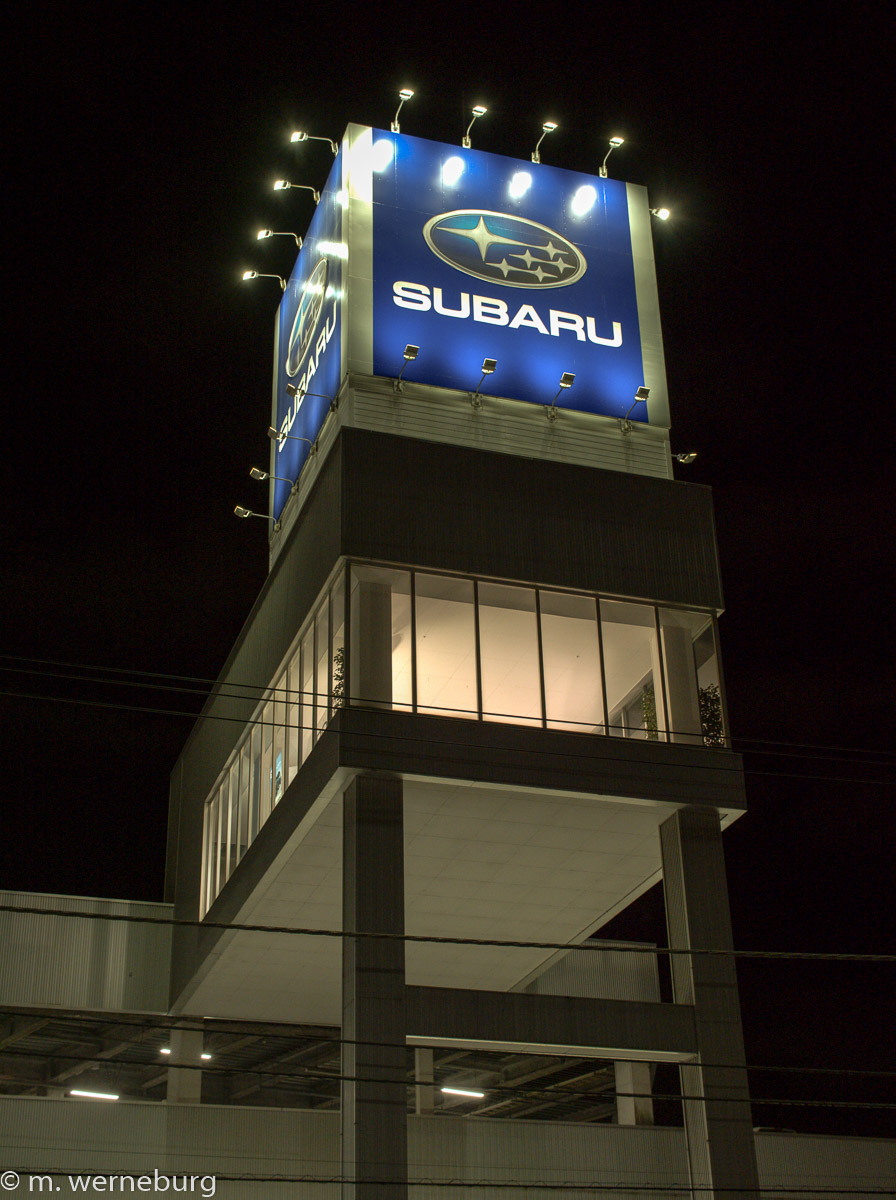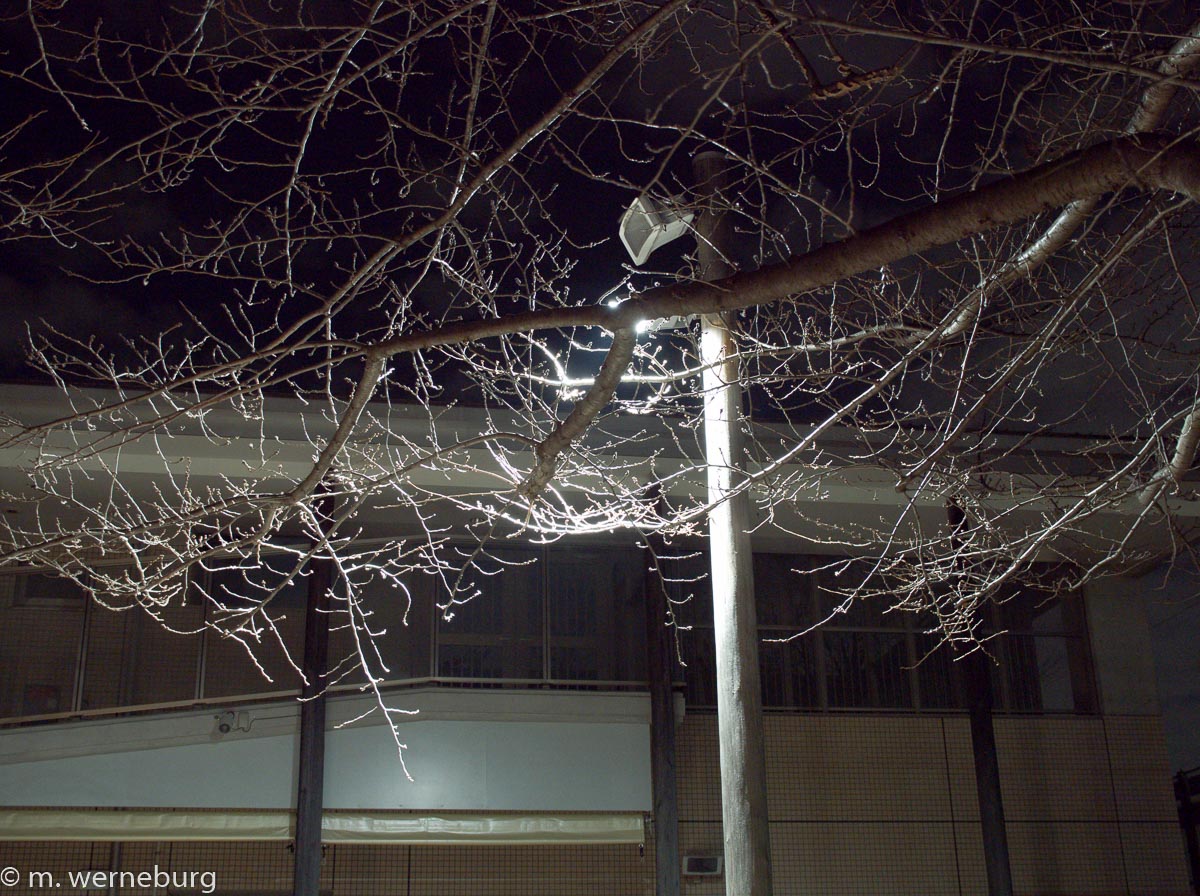new camera adventure
the journal of Michael Werneburg
For the past eight years I have been using an Olympus OM-D E-M5 Mk II. Yes, that's the name of the camera. It's from the micro four thirds line. It is distinguished by sensor size, which is about half-way between a modern smart phone and a so-called full frame camera that has a sensor the same size as 35mm film. I've used it with a number of manual focus prime lenses from the '70s, and a lone modern prime auto-focus lens. I've been happy enough with the photo quality and the camera lets me shoot the way I want to: which is by setting the aperture and then adjusting the exposure to compensate for the scene. The aperture can be narrow or wide, which changes the amount of the scene that's in focus; and with a wide aperture I can squeeze in more light and be more sure of having a shot that's unblurred by the subject's movement or by camera shake. So far, so good.
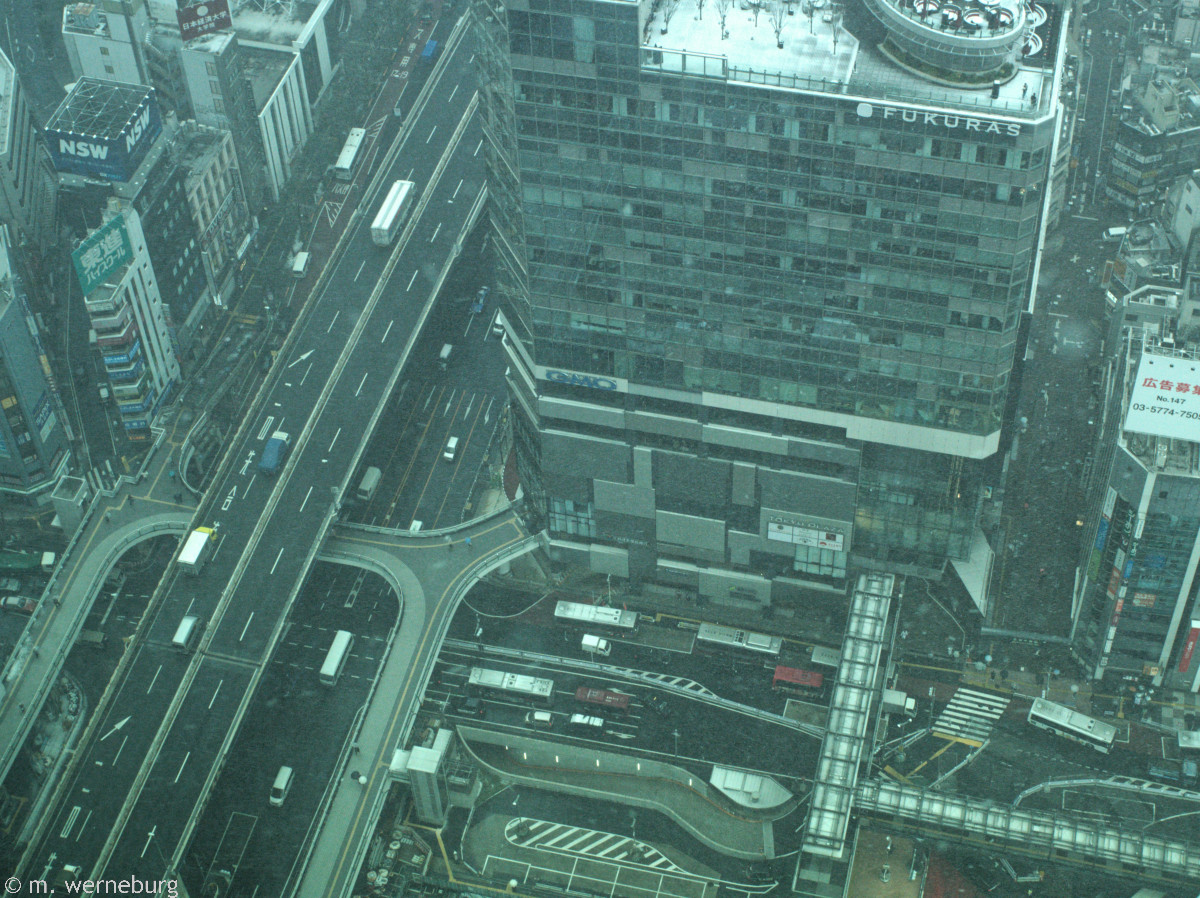
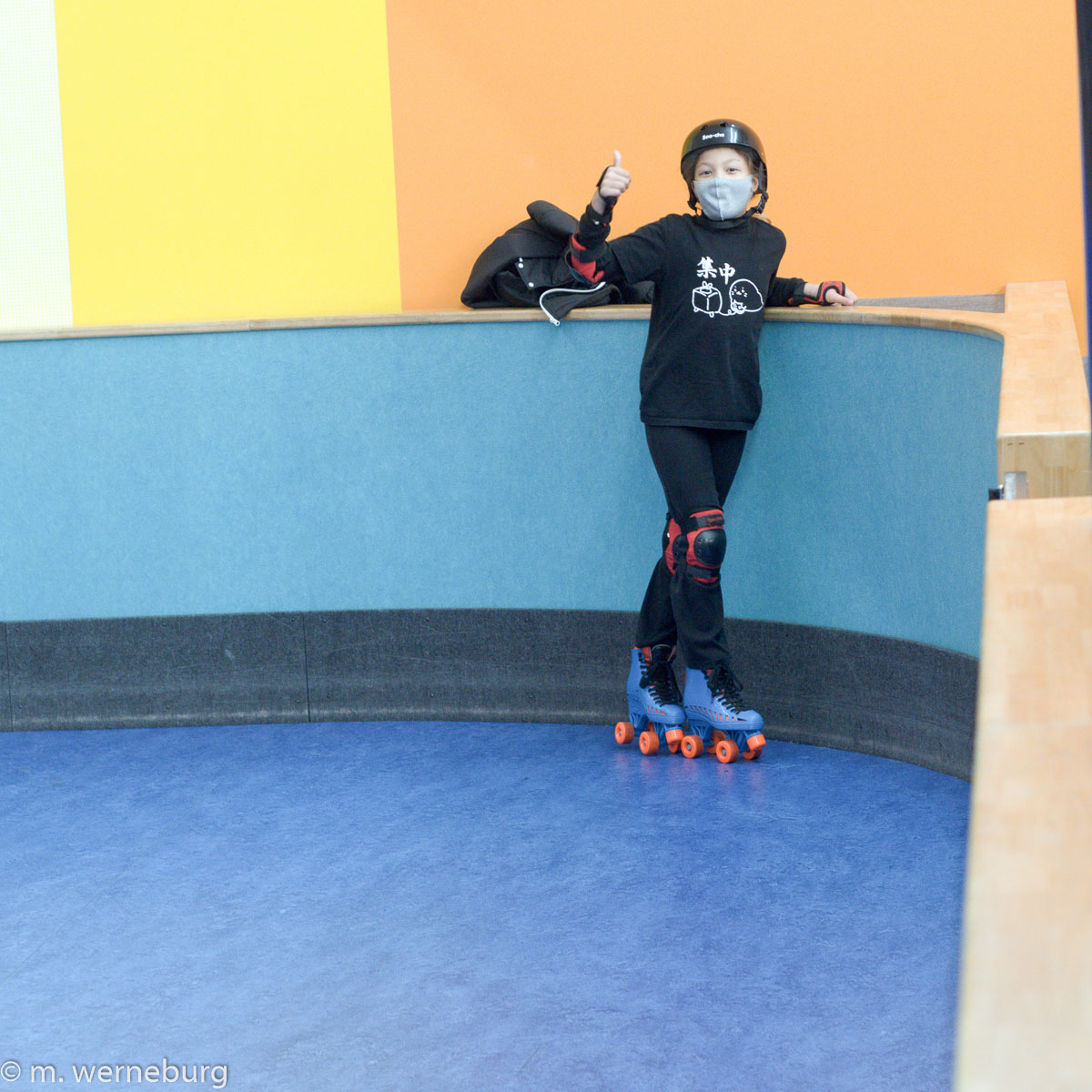
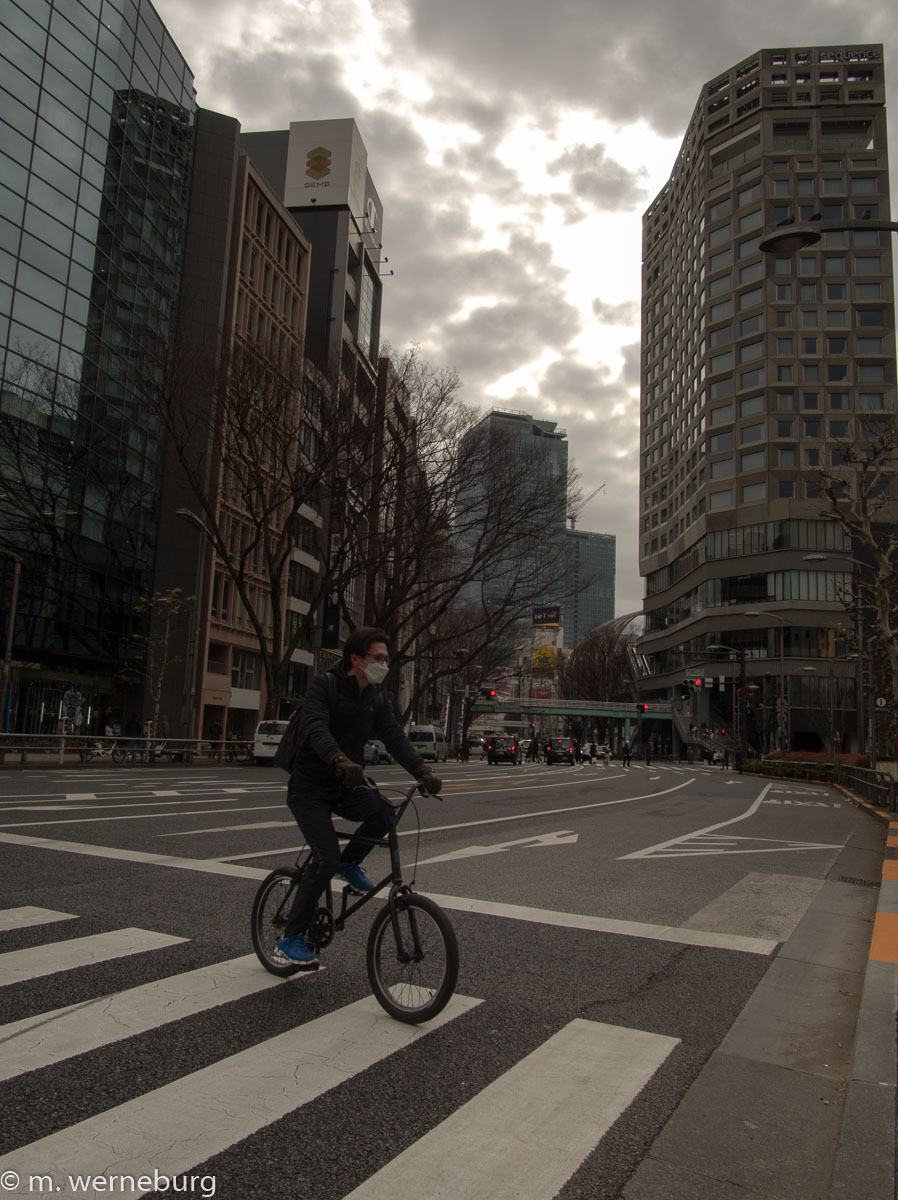
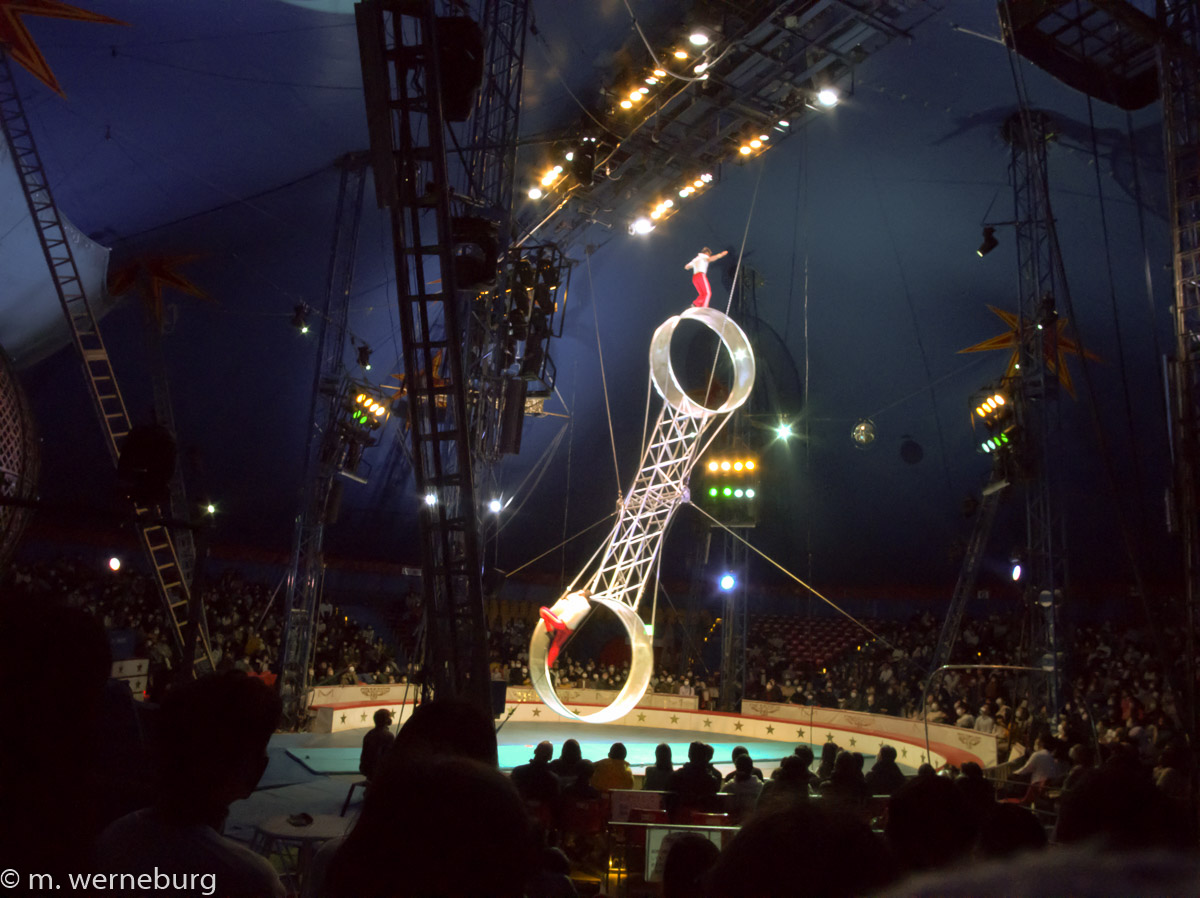
And though the scene isn't quite as gripping here, this bamboo forest pic shows the amazing dynamic range of that monster sensor and its huge sensors.
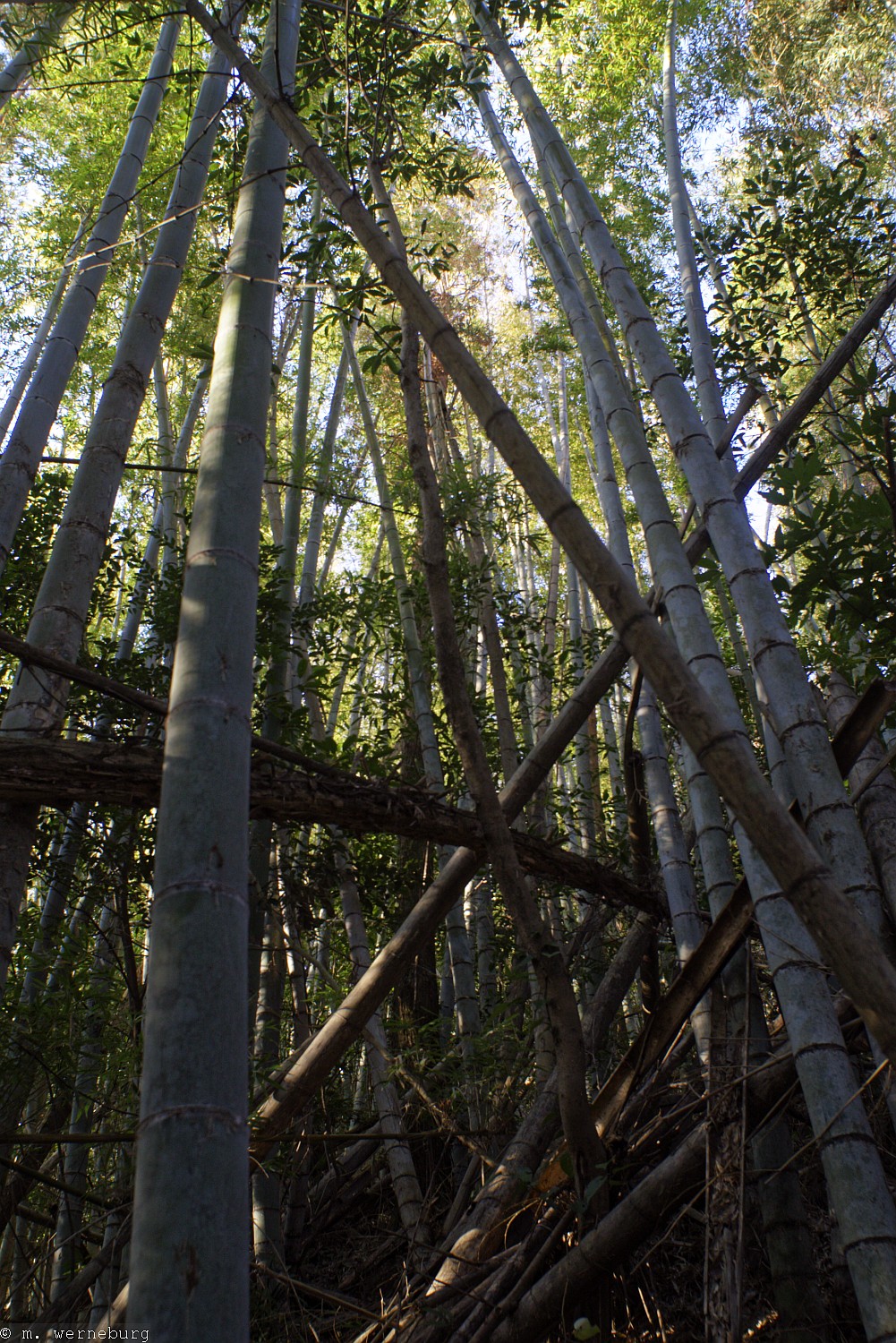
OK, but I'd had enough. If I were to fix the main problem, I'd have to switch to auto-focus lenses. And one glance at the price of the lenses for that system convinced me that that was impossible. So I traded in both cameras today for an upgrade to the E-M5 and bought an autofocus zoom lens to go with it. I've held out this long, but yes it's come to this. Amazingly, the new camera body, though "used" and certainly sporting a ding or two, had only 450 frames on it. That compares with about 7,500 on the Olympus I'd traded in, and who knows how many on the briefly-held Sony.
Tonight I took the new setup with me to shoot The Boy at his basketball practice. And the gear was a real revelation: the entire thing is much faster. The auto-focus exceeds my needs, the photos look much better even at higher ISO, and the body is even lighter (because they switched from aluminium to some kind of plastic.) It was a joy to use. All of the following were taken hand-held.
